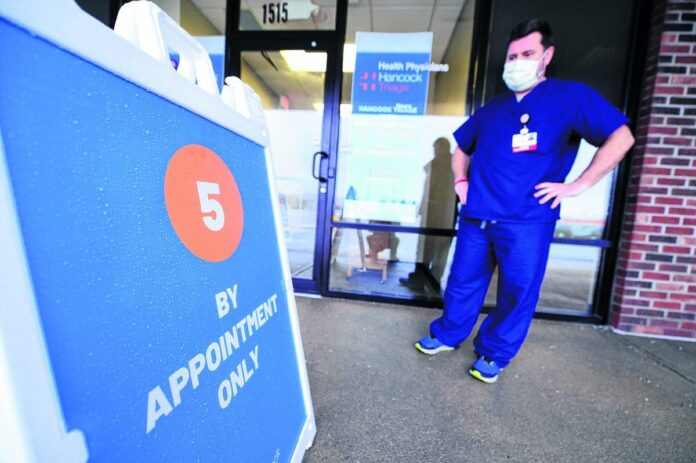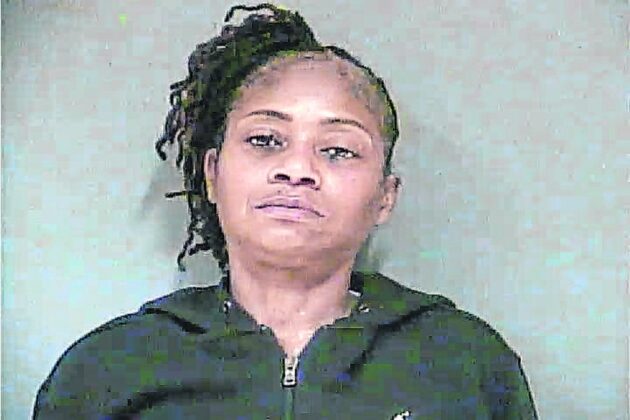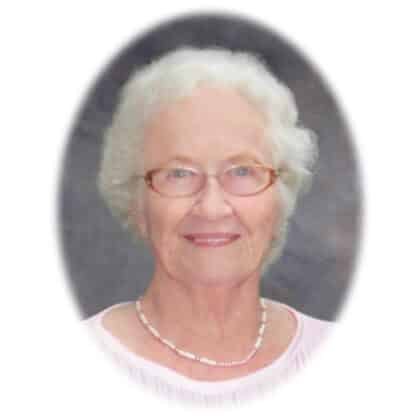
GREENFIELD — Brandywine Plaza has a new tenant, and it’s there to help in the community’s fight against COVID-19.
Behind the windows on Friday morning, Hancock Regional Hospital employees wearing masks and scrubs awaited patients.
After a race against the odds last week and weekend, the hospital opened its COVID-19 triage clinic Monday in a space once occupied by an Indiana University Health clinic. The facility, in the 1500 block of State Street in the same strip mall as Kroger and Wasabi restaurant, has been screening patients for the coronavirus all week and will continue to do so as the crisis continues.
Jason Wells, professional and organizational development coordinator at Hancock Regional Hospital, said the clinic was open 8 a.m. to 6 p.m. every day until Friday and will operate 8 a.m. to 8 p.m. Monday through Saturday starting on Monday, March 23. About 10 health-care professionals work inside at any given time and the clinic has been seeing about 20 to 25 patients a day, he continued.
[sc:text-divider text-divider-title=”Story continues below gallery” ]
The clinic sees patients by appointment only, Wells said. One way patients can get appointments is from referrals from Hancock Physician Network offices.
“If they see a patient and they see that they have respiratory symptoms and a fever and they feel like they should be triaged here first, then they’re calling our scheduler and then we’re scheduling the patient’s appointment,” Wells said.
Another entry point is via referral from the hospital’s 24/7 COVID-19 hotline, 317-325-2683.
“If they feel like the symptoms are warranted to come here, then they’re making an appointment,” Wells continued.
Patients are also being sent to the clinic through the hospital’s virtual health service, which allows patients to interact with health care providers via video on a secure platform, he said.
Those coming to the triage clinic get registration information via text message and register for their appointment online. When they arrive, they remain in their vehicles in the parking lot while speaking with a nurse over the phone.
“Our triage nurses will call them and just do the same intake like if you went to a doctor’s appointment,” Wells said, adding a doctor will call as well.
Dr. Julia Compton, president of Hancock Physician Network, said health care workers are looking for COVID-19 symptoms like a fever and a new cough and new shortness of breath, not ones caused by preexisting conditions.
If the phone call warrants further examination, then patients are invited inside for a physical exam.
“If we need to listen to lungs, we will; if we need to examine the throat, we will; if we need to provide a test for them of any kind, we’re doing what we can,” Wells said. “…The visit itself is pretty streamlined.”
Compton said COVID-19 patients fit into three main groups. In one making up the majority of cases, the disease is mild.
“Meaning it feels like the flu,” Compton said. “You got the aches, you got the chills, you got the fever, and the point is: stay home. Just stay home. Don’t go out. Don’t go see Grandma and Grandpa, because those people are very much at risk.”
On the other end of the spectrum are those who have trouble breathing, Compton continued. Members of that group should go straight to an emergency room, she added.
Then there’s a group between those two — those who feel miserable with a fever and a new cough or a new shortness of breath but not struggling to breathe. If they’re getting to the point where they’re struggling to do simple tasks at home, Compton recommends meeting with a physician virtually.
“They’re going to immediately know based on talking to you, listening to you, if you need somebody to actually physically see you,” Compton said.
When it comes to testing for COVID-19, Hancock Regional Hospital is following criteria the Indiana State Department of Health established due to a severe shortage of testing materials. Compton said tests are administered to those struggling to breathe and in need of hospitalization; symptomatic health care workers; and symptomatic patients who have been in contact with someone living in a group setting like an extended care facility or jail.
Not many tests have been administered at the triage clinic because not many patients have met those benchmarks, Compton said.
Those experiencing COVID-19 symptoms should isolate themselves regardless of whether they’re tested, because if they do have the virus, they can spread it to those who are vulnerable, Compton said.
Just days before the clinic opened, government and utility leaders scrambled to get communication capabilities to the property.
Michael Burrow, president and CEO of NineStar Connect, said the hospital reached out to the utility on Thursday, March 12, asking if fiber-optic cable could be connected to the clinic in time for its opening on the following Monday.
The nearest fiber was about 1,800 feet away on the other side of State Street, Burrow said.
Getting permits for a job like that normally takes weeks.
“On Friday afternoon, it felt like we were down 9-0 in the seventh inning,” said George Plisinski, manager of telecom operations for NineStar Connect.
But they caught some luck despite it being Friday the 13th. With the help of state Sen. Michael Crider, R-Greenfield, who chairs the senate’s transportation committee, along with the Indiana Department of Transportation, permission was granted that evening.
“The commissioner of INDOT actually was on the phone with me last Friday night when we were trying to get internet to our new location, and he gave us special dispensation to get boring done under State Road 9 to get connected,” said Hancock Regional Hospital president and CEO Steve Long in a video on the hospital’s website.
They were far from out of the woods yet as the job began Saturday morning, March 14, doing emergency utility locations and working with the project’s contractor.
When the contractor’s vacuum truck malfunctioned, the city of Greenfield contributed one from its fleet. Workers labored through snow and even had to hand dig the bore’s final 30 feet, but they finished at about 10:30 p.m. Sunday night.
Plisinski and Burrow said everyone came together and found a purpose.
“It makes me proud of George and all of our guys,” Burrow said.
[sc:pullout-title pullout-title=”Orange travel advisory declared” ][sc:pullout-text-begin]
The Hancock County Commissioners have passed an ordinance escalating the county’s travel advisory level to an orange (watch) status in response to the COVID-19 pandemic. This advisory level means that conditions are threatening to the safety of the public. During a “watch” local travel advisory, only essential travel, such as to and from work or in emergency situations, is recommended, and emergency action plans should be implemented by businesses, schools, government agencies and other organizations. The Hancock County Emergency Operations Center has been activated and has been convening public health and safety professionals to monitor the developing situation.
Source: Hancock County Emergency Management
[sc:pullout-text-end][sc:pullout-title pullout-title=”At a glance” ][sc:pullout-text-begin]
Stop the spread of germs
Help prevent the spread of respiratory diseases like COVID-19
- Avoid close contact with people who are sick
- Cover your cough or sneeze with a tissue, then throw the tissue in the trash
- Avoid touching your eyes, nose and mouth
- Clean and disinfect frequently touched objects and surfaces
- Stay home when you are sick, except to get medical care
- Wash your hands often with soap and water for at least 20 seconds
Source: Centers for Disease Control and Prevention
[sc:pullout-text-end][sc:pullout-title pullout-title=”At a glance” ][sc:pullout-text-begin]
People who are at higher risk from severe illness
Some people may be at higher risk of getting very sick from COVID-19. This includes:
- Older adults
- People who have serious underlying medical conditions like:
- Heart disease
- Diabetes
- Lung disease
Source: Centers for Disease Control and Prevention
[sc:pullout-text-end][sc:pullout-title pullout-title=”By the numbers” ][sc:pullout-text-begin]
COVID-19 cases in the U.S. as of March 20
Total cases: 15,219
Total deaths: 201
Source: Centers for Disease Control and Prevention
[sc:pullout-text-end][sc:pullout-title pullout-title=”By the numbers” ][sc:pullout-text-begin]
Indiana COVID-19 data as of 11:59 p.m. March 19
Total positive cases: 79
Total deaths: 2
Total tested: 554
Cases by county of residence:
- Adams: 1
- Allen: 1
- Bartholomew: 1
- Boone: 2
- Clark: 1
- Fayette: 1
- Floyd: 2
- Franklin: 2
- Grant: 1
- Hamilton: 5
- Hendricks: 4
- Howard: 5
- Jennings: 1
- Johnson: 4 cases, 1 death
- Lake: 6
- LaPorte: 1
- Madison: 1
- Marion: 25 cases, 1 death
- Noble: 1
- Owen: 1
- Shelby: 1
- St. Joseph: 6
- Tippecanoe: 2
- Vander: 1
- Vigo: 1
- Wayne: 1
- Wells: 1
Source: Indiana State Department of Health
[sc:pullout-text-end]






